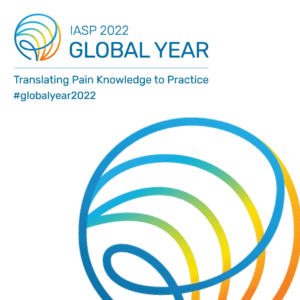- Anniversary/History
- Membership
- Publications
- Resources
- Education
- Events
- Outreach
- Careers
- About
- For Pain Patients and Professionals
Skip to content
Papers of the Week
Regional Hyperexcitability and Chronic Neuropathic Pain Following Spinal Cord Injury.
Authors
Abstract
Spinal cord injury (SCI) causes maladaptive changes to nociceptive synaptic circuits within the injured spinal cord. Changes also occur at remote regions including the brain stem, limbic system, cortex, and dorsal root ganglia. These maladaptive nociceptive synaptic circuits frequently cause neuronal hyperexcitability in the entire nervous system and enhance nociceptive transmission, resulting in chronic central neuropathic pain following SCI. The underlying mechanism of chronic neuropathic pain depends on the neuroanatomical structures and electrochemical communication between pre- and postsynaptic neuronal membranes, and propagation of synaptic transmission in the ascending pain pathways. In the nervous system, neurons are the only cell type that transmits nociceptive signals from peripheral receptors to supraspinal systems due to their neuroanatomical and electrophysiological properties. However, the entire range of nociceptive signaling is not mediated by any single neuron. Current literature describes regional studies of electrophysiological or neurochemical mechanisms for enhanced nociceptive transmission post-SCI, but few studies report the electrophysiological, neurochemical, and neuroanatomical changes across the entire nervous system following a regional SCI. We, along with others, have continuously described the enhanced nociceptive transmission in the spinal dorsal horn, brain stem, thalamus, and cortex in SCI-induced chronic central neuropathic pain condition, respectively. Thus, this review summarizes the current understanding of SCI-induced neuronal hyperexcitability and maladaptive nociceptive transmission in the entire nervous system that contributes to chronic central neuropathic pain.

